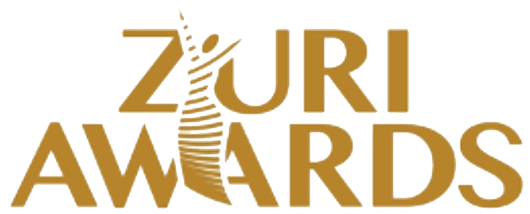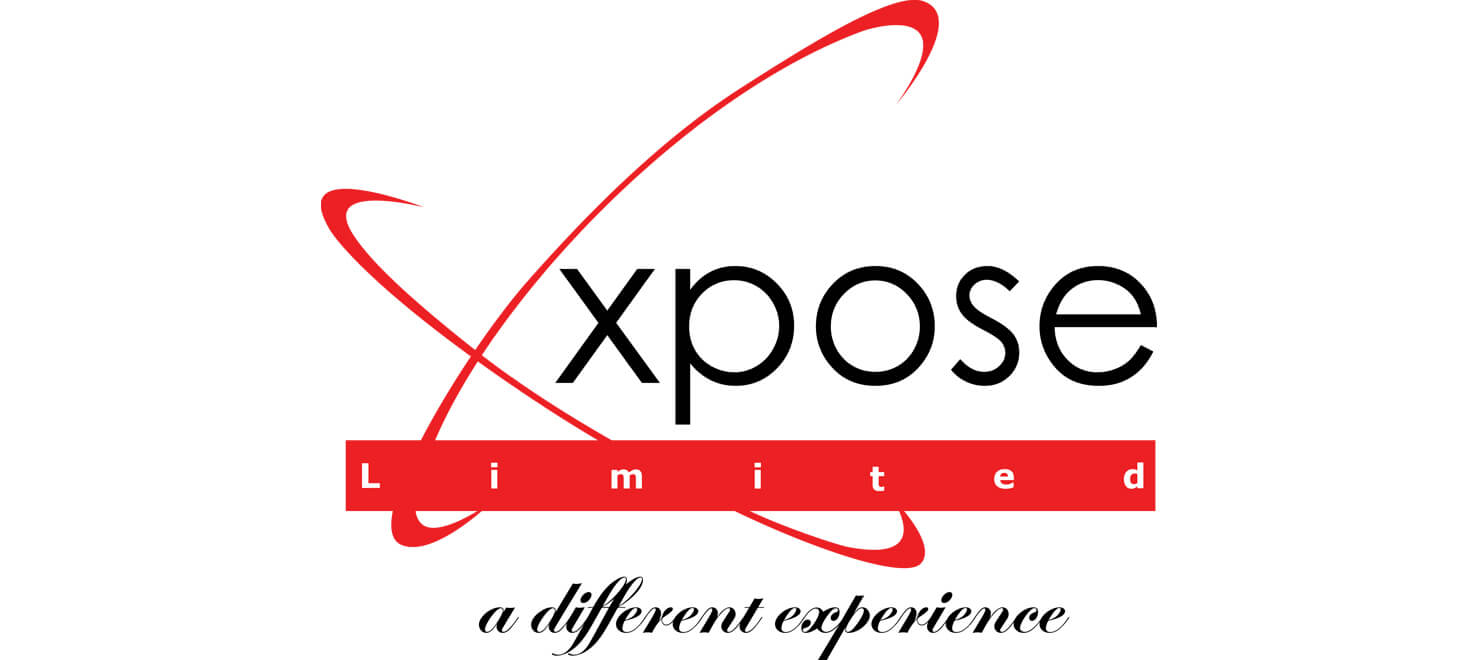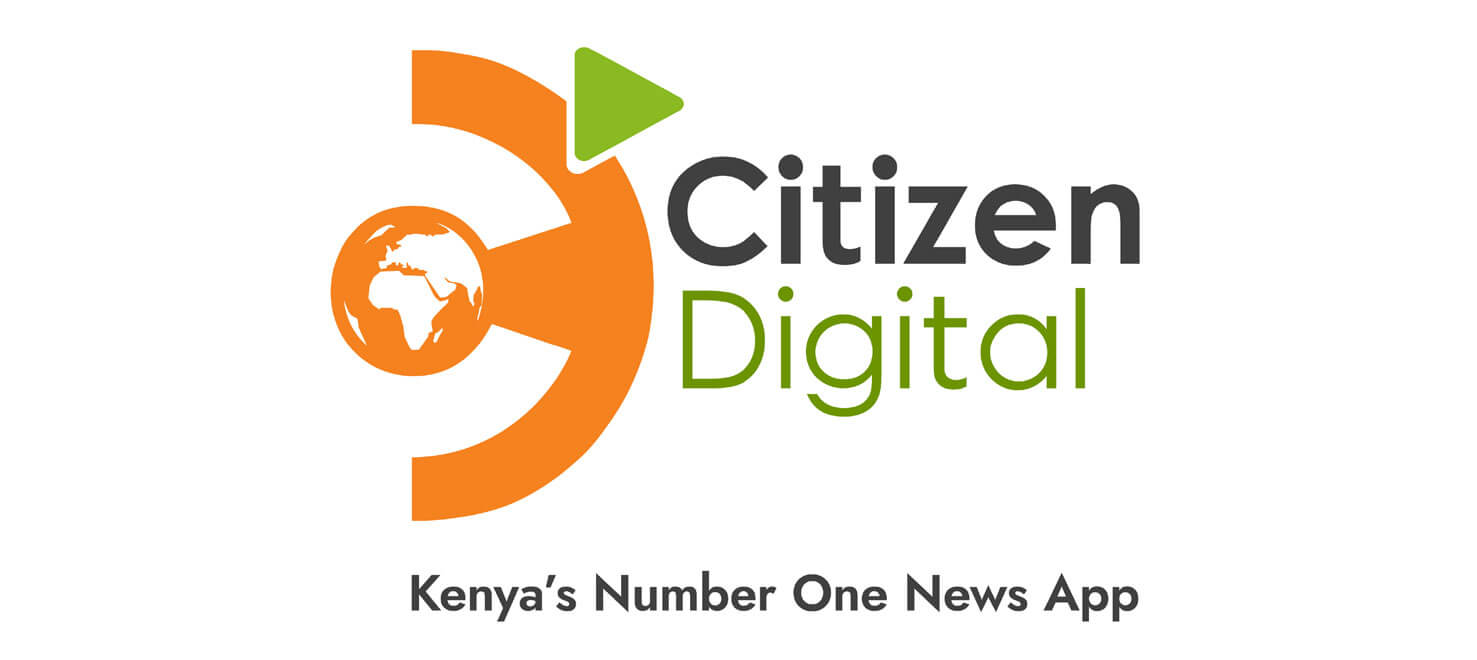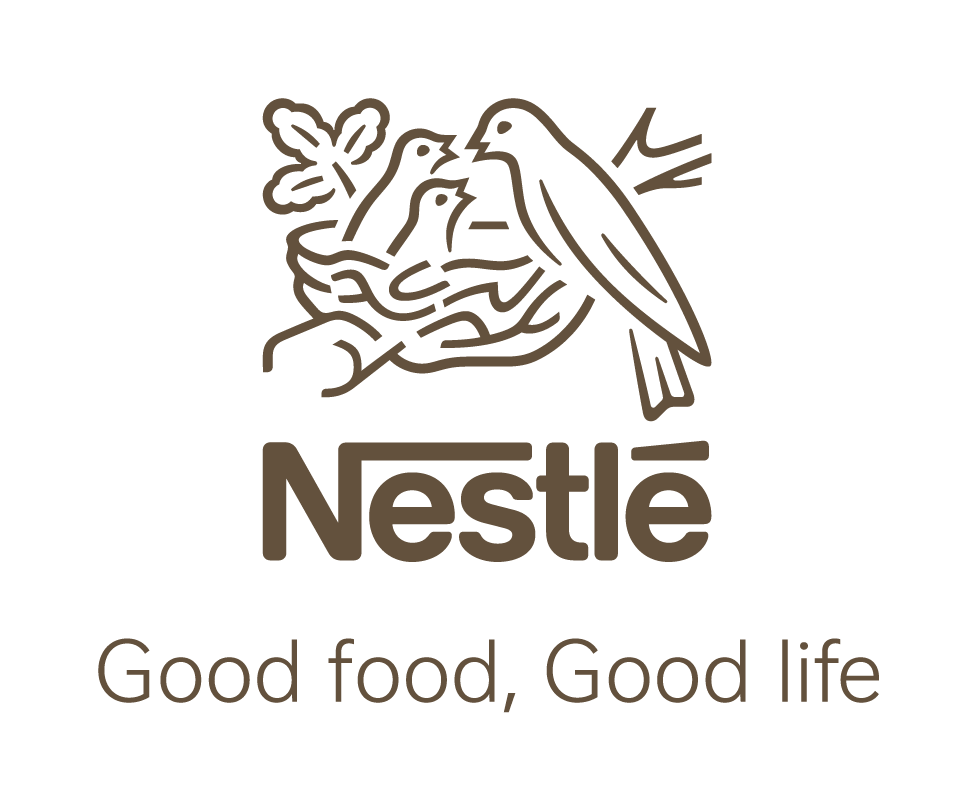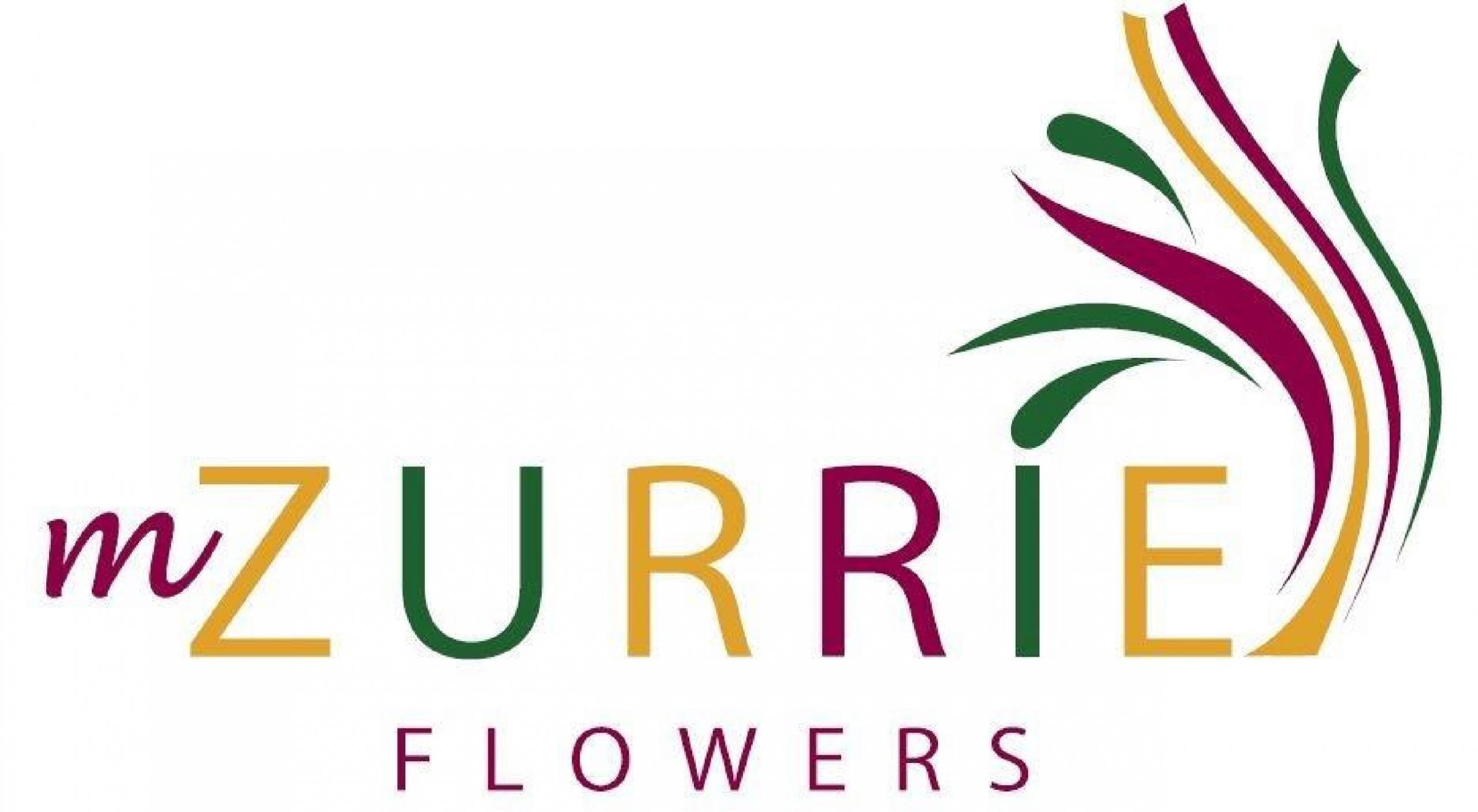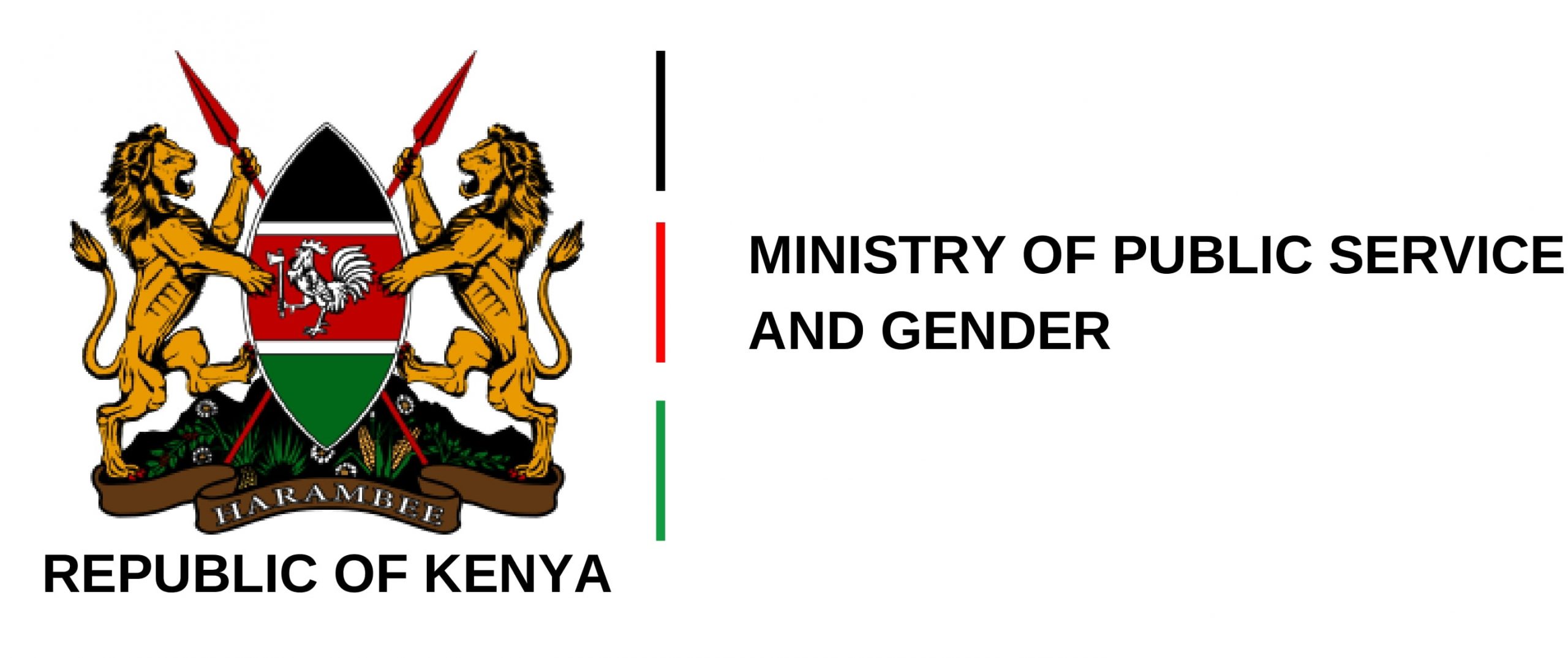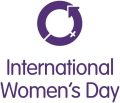Technology, and the Internet, in particular, has transformed the lives of billions of people. It functions as a gateway to ideas, resources, and opportunities that never could have been realized before. All around the world, the Internet is helping people to imagine new possibilities. But girls and women are being left behind. The Opportunity for Impact.
As the Internet can provide enormous economic, social and professional value, the Internet gender gap has very serious consequences for women and for society more broadly. To better understand the gap, Intel commissioned the report “Women and the Web”, consulting with the U.S. State Department’s Office of Global Women’s Issues, UN Women, and World Pulse, a global network for women. The report examined women’s access to and use of the Internet in low and middle-income countries and found that, on average, nearly 25% fewer women than men are online in developing countries. Intel intends to bridge that gap by educating young women and girls.
